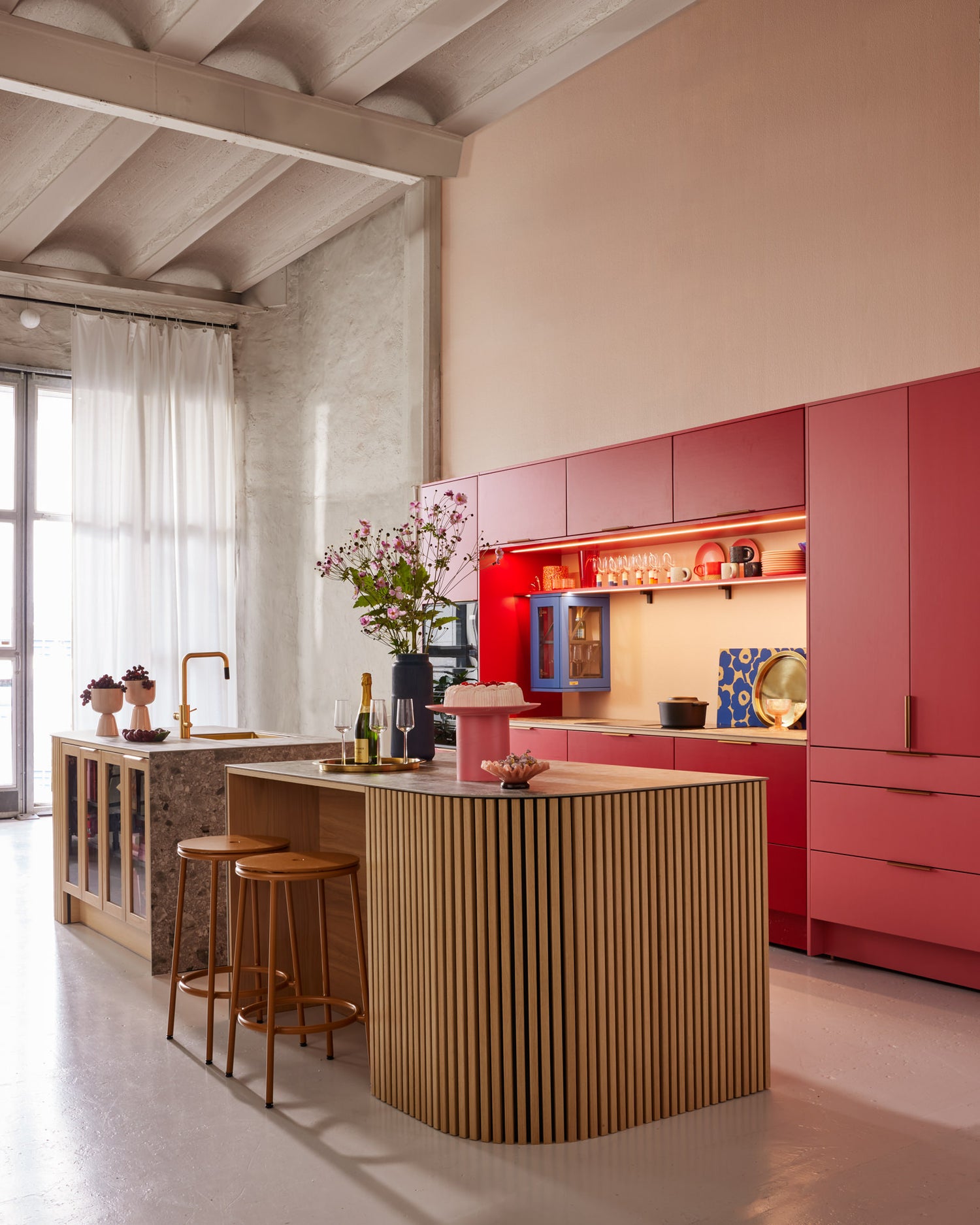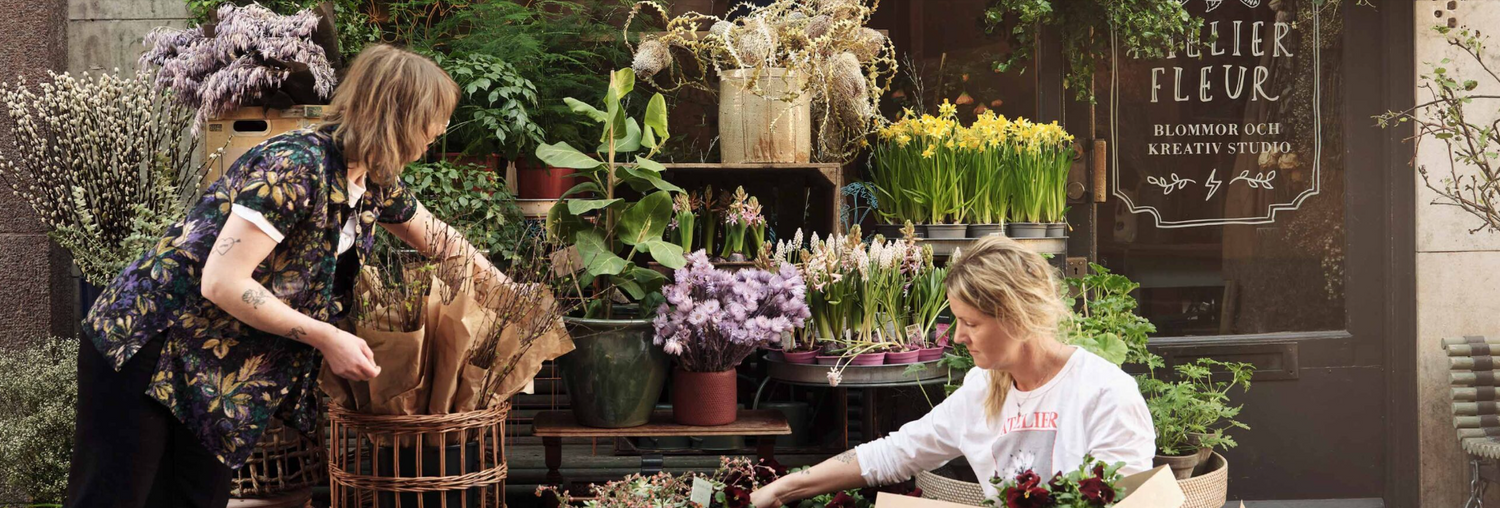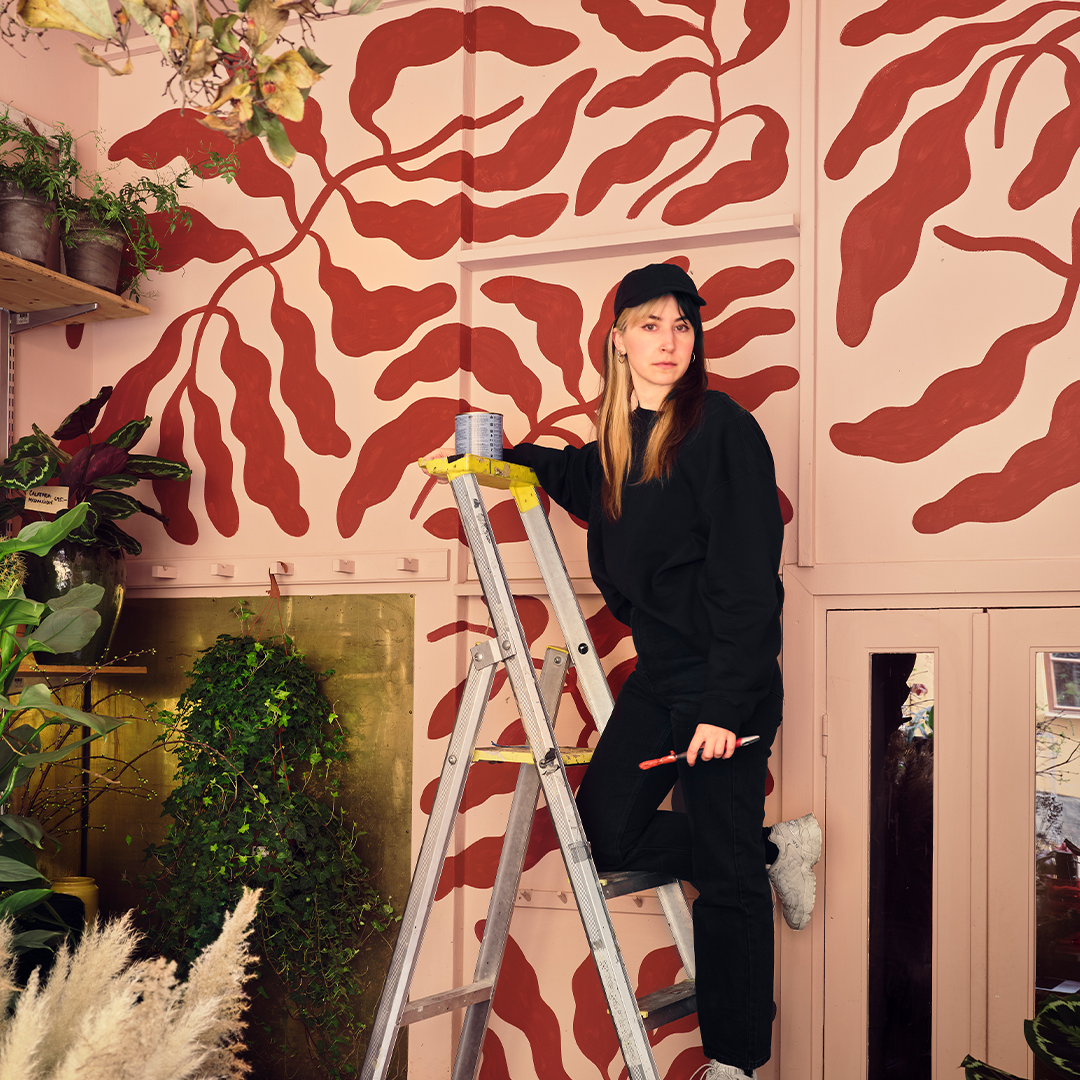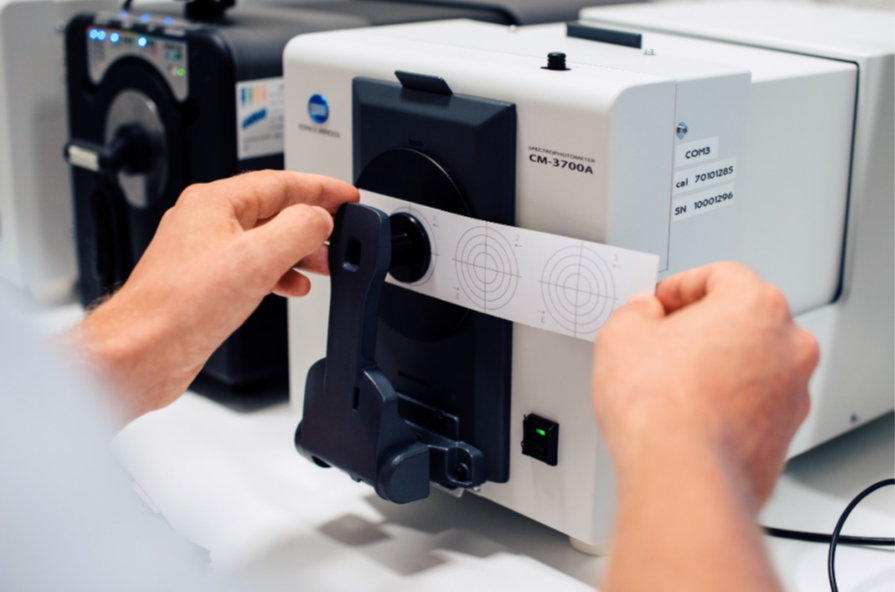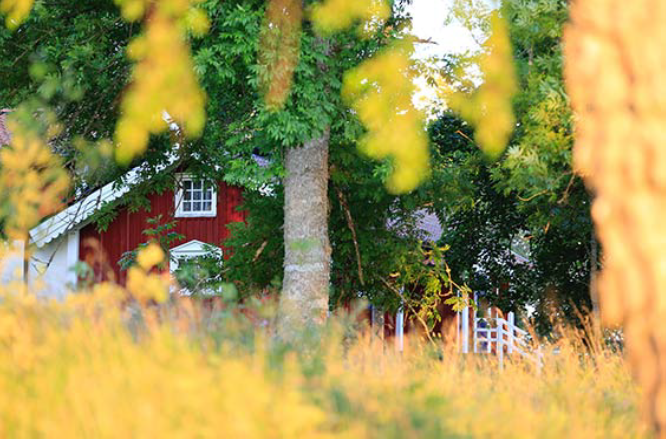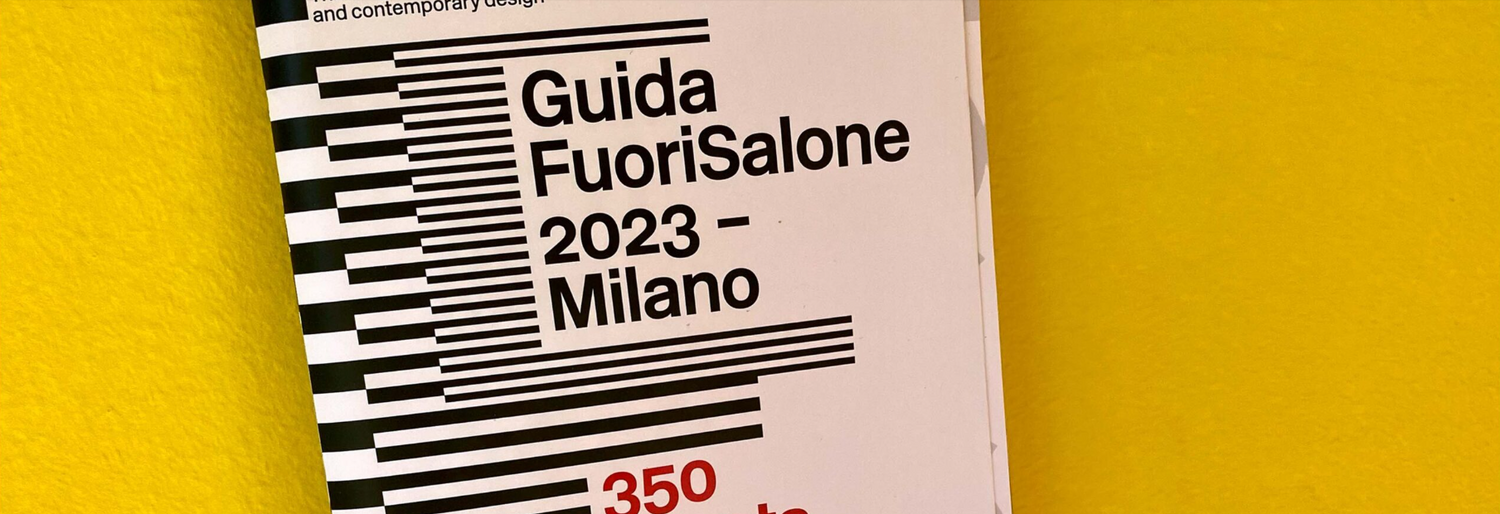Colour Trends & the NCS System
JULY, 2023
Author: NCS Colour

Defining colour trends with NCS - Natural Colour System®.
THE IMPORTANCE OF COLOUR
Colour is the very first feature we notice on an object or in a space. This first perception immediately leads us to the conclusion whether we like what we see or not. It is fundamental for manufacturers and producers to be able to decide on exactly the right colour, at the right time.
The difference between the right colour and the wrong colour is sometimes very small. You need to understand the colours you see, to also understand how to come to the perfect colour.
This is why NCS – the Natural Colour System is essential in our work to define the trend colours. If you master the ability to define which colour will be trendy and therefore more likely to appeal to consumers, you are also more likely to succeed with your project.
But before we can start analysing colour trends, we need to understand what colour is. Human beings can perceive around 10 million different colours. And we need to understand and define one or several colours out of these millions of
colours.
To make this possible, every colour is referenced to what we call the six elementary colours; the colours that our mind detects as being “pure”, and we understand from the moment we are born. Two of these colours are achromatic: white and black. Four colours are chromatic: yellow, red, blue, and green.

These six elementary colours are the reference point for all the millions of colours we can see, positioned in a threedimensional colour space. The colour space forms two projections: The NCS Colour Circle that describes the hue of a colour, and the NCS Colour Triangle which describes the nuance of a colour.

By plotting the colours into the NCS Colour Circle and the NCS Triangle, we can analyse the colours of the past, the preferred colours of today, and with this conclude into which direction the colour hues and nuances will move.
The NCS System is one of the only colour systems that are scientifically based on how we perceive colours. Because NCS describes what we see, everyone can use and understand NCS. Today, NCS is a world standard of colour, for accurate colour communication.
“Colour is what we see as colour. Colours are created in the psyche, in the very moment we perceive them, and as long as we look at them. It is important in colour science to distinguish between physical colour (physics) and perceptual colour (psychology), what we see as colour.”
Lars Sivik, Co-founder of the NCS System
WHAT IS A COLOUR TREND?
Colour trends are psychology; it is all about understanding which colours and colour areas that are attractive and relevant at a given moment in time. The study of colour trends differs from the study of other trends. Trends are often based on innovations. But when it comes to colour, the first thing we must realise, is that all colours already exist.
Our colour preferences are therefore cyclic. Besides the repetitive cycle, we also need to understand what is going on in our society, and how these happenings and events are affecting us. This means both which colours are popular and
which moods that are dominating amongst us.
A trend is defined as a general direction in which something is developing or changing. Our colour preferences change over time. The definition of the word “preference” itself means both whether we like yellow, blue, or green or if the colour is light, dark, neutral, or chromatic. The colour analysis can never reduce the colour to the hue only, it always needs to be about both the hues and the nuances. Many times, the hue is not that important. The nuance area is key.
“The study of colour trends is to analyse and understand people´s psychology, at a given time.”
Karl Johan Bertilsson, NCS Colour

Our preferences are both static and evolutionary. We often base our them on a specific colour area that has a personal connotation to us. Just like everything else, our interest in a certain colour area can fade, which makes us subconsciously seek for a new. However, our new colour preference is not
wholly decided by us. There are two main factors that influences the trends:
1) When a specific group of colours has been trendy for a longer period, our brains get tired of that colour, and want to step into the extreme opposite direction. To be able to do this, we need to go through different steps. This is visualised by researcher Dr. Leonard Oberascher. He mentions seven
phases that we go through to complete what he describes as the repetitive colour cycle: The Colourful Phase, The Darkening Phase, The Brown Phase, The Brightening Phase, The Non-Colourful Phase, The Non-Colourful/Bright Phase, The Blue/Violet Phase and finally returning once again to the
Colourful Phase.
2)在定义和预测色彩趋势,我们must analyse what is going on in our lives and society, both on a local and a global level. Which political, cultural, and economic events are current, and how do they affect our lives? These events can affect how our colour preferences move into certain areas of nuances and hues. This process takes place over time, and it is truly about psychology.

COLOUR ANALYSIS FOR 2024+
So, in which direction are colours for 2024+ moving? We are beginning to embrace more chromatic colours. This direction is pushed by the younger generations, but the direction is also general. We see that pure red (-R) and the very popular reddish blue (-R80B) are taking an important role in our change in attitude towards chromatic colours.
There is also a direction with high chromatic colours, which remind us of the happy digital world, like pink (-R30B) and yellow (-G80Y).
Pastel colours are for all of us who want more colour but are not yet ready to embrace high chromaticness. The sweeter pastel colours give us a colourful calm. Many of us will also take a giant step back to colours that should look as natural and untreated as possible.
These colours are illustrated in the NCS Colour Circle below.
Find out more
Would you like to learn more about colour trends, the NCS System or our products? Below are a few suggestions:
NCS COLOUR TRENDS 2024+
This limited-edition magazine gives you a full colour analysis of the 24 most sought-after colours.
NCS COLOUR COMMUNICATION
A 2h eLearning about the NCS System and how to use it. Get the skills to create colour combinations and colour harmonies.
NCS ATLAS 2050
NCS Atlas provides an overview of how the colours are related to each other both according to the logic of the NCS System and the relationship between colour and light.
NCS COLOURPIN & NCS+
With the digital colour reader Colourpin, you can immediately scan and define a surface colour. Connected via Bluetooth to NCS+, you get NCS Notations with translations to RGB, CMYK, L*a*b and lightness values. In NCS+, you can also find all trend colours for 2024+.

